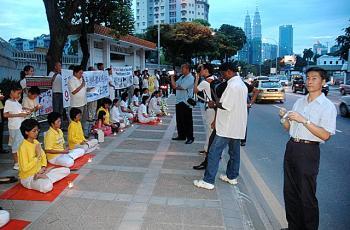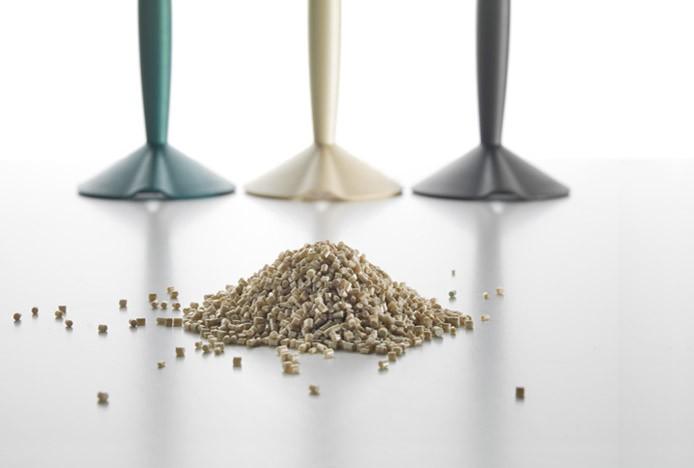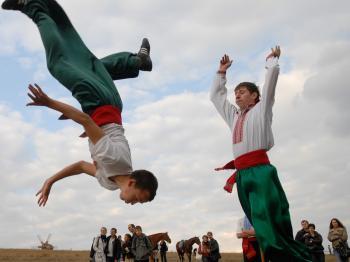TORONTO—Green grass and technology will be taking on a new form at BMO Field, home of Major League Soccer’s Toronto FC this season.
On Tuesday at around noon about a dozen workers fitted the last rolls of grass at the Toronto’s downtown soccer stadium.
The artificial turf is long gone, as the undertaking to upgrade the field started right after last year’s season ended.
According to Bob Hunter, executive vice president of Maple Leaf Sports & Entertainment, the change will bring BMO Field up to par with the premier soccer fields in Europe.
The cost of the natural grass and its supporting system is estimated at $3.5 million and will cost $180,000 to maintain on a yearly basis, as opposed to the annual $100,000 for the artificial turf.
“But we are ready to pay that now,” said Mr. Hunter.
The new grass needs 14 days to grow strong roots and be ready for the studs of soccer players.
The management is not taking any chances with the weather. Therefore, the newly installed system includes not only the two inches of grass but also Glycol heating tubes and the Subgrade drain lines.
Heating tubes are spaced throughout the field six inches apart and 10 inches beneath the grass. A boiler heats up water and runs it through the tubes.
The aeration system consists of six-inch drain pipes that reside about 15 inches under the grass. They act as an enormous shop vacuum, only they absorb water.
Together, these two systems will heat up the field and drain excess water to keep the grass in perfect growing conditions. They will ensure that no matter what the weather, Toronto FC will start their season on time and on a fresh new turf.
The aeration and drainage systems enable the players to use the field even with an early winter or a wet spring.
The field is also equipped with 12 GPS sensors that are grouped in four zones. Each sensor is the size of an old-school portable phone.
BMO Field is the first soccer field in the world that has both systems controlled remotely through GPS. The sensors, embedded in the ground, monitor the temperature and the moisture of the soil. This information is sent through a satellite to a monitoring station, which then adjusts the system to stabilize the temperature and the moisture.
The sensors run on batteries, which last about a year and then have to be replaced.
Hunter mentioned that there are already other clubs that are asking about playing on BMO Field turf.
Toronto FC’s home opener is against the newest MLS team, the Philadelphia Union, on Thursday April 15.




